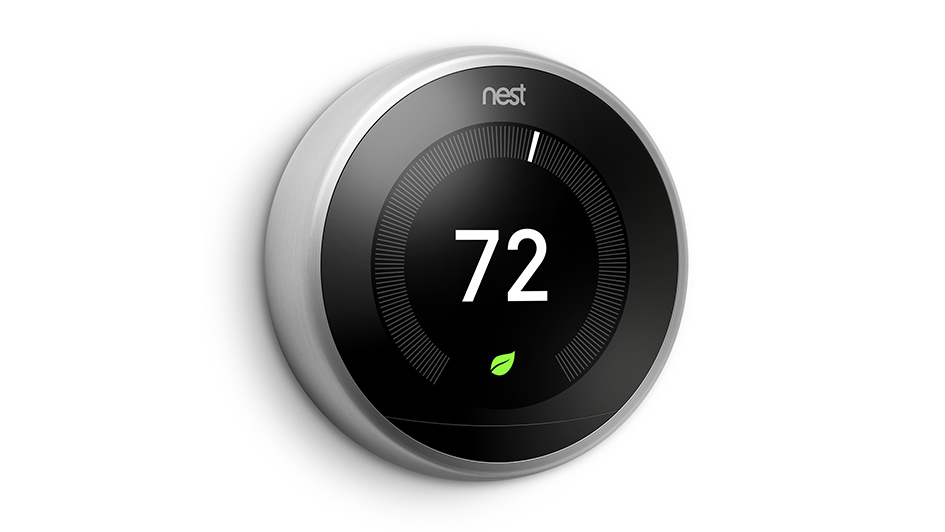
The Nest thermostat is one of the top-selling smart thermostats on the market today. And for good reason. It learns your temperature preferences and creates an energy-efficient schedule to match. And by geofencing with your phone, the Nest Learning Thermostat and Nest E are aware of when you’re at your home or away and can raise and lower settings to help you save even more.
The Nest can be used with a wide range of 24-volt heating and cooling systems, but it’s always a smart idea to use the Nest thermostat compatibility checker before installing one. Don’t forget to check with your energy provider for valuable rebates, since you might be able to get a Nest for free or close to it.
Once you’ve checked it’s compatible, you can either wire it without help or call a HVAC pro like Air Current AC & Heat. If you’re installing it on your own, you’ll see a terminal for the C-wire, or common wire. This wire is solely used for powering your thermostat. If your house or HVAC system is older, you might not have one of these wires. In most cases, Nest says this isn’t an issue as the thermostat can pull enough power from other heating and cooling wires.
Sometimes, your heating and cooling system might require that C-wire. And here’s why.
Why Your Nest Keeps Losing Power and Other Malfunctions
The Google Nest Thermostat is better than aging programmable thermostats that use a combination of wiring and AA batteries for power. It uses a rechargeable lithium-ion battery and wiring to link to Wi-Fi, power its digital display and turn on your heating and cooling system.
8 Common Nest Thermostat Issues
If it can’t get adequate electricity, Nest says you might have some of these issues:
- Poor battery life.
- Thermostat motion sensing won’t operate.
- Your thermostat occasionally disconnects from Wi-Fi.
- Your system unexpectedly turns on or off, or won’t shut off.
- Your system is producing weird noises, like chattering, stuttering, clicking or thumping.
- Heating or cooling is short cycling, or repeatedly turning on and off in a short period of time.
- There is a delay notification on your Nest thermostat’s screen, such as “heating is delayed for 2:30 minutes.”
- The system fan is continuously on, won’t turn on or turns off and on rapidly in a short period of time.
You might worry something is suspect with your heating and cooling system, but if you just got the Nest, it’s best to check your thermostat right away. This is especially pertinent if the weather is temperate, and you haven’t been using your heat or air conditioning consistently.
Our Professionals Can Resolve Nest Thermostat Problems
If you’ve tried Nest thermostat troubleshooting without help but can’t repair the issue, a smart thermostat specialist like one from Air Current AC & Heat can support you. We can identify the problem and install a C-wire, if necessary.
Smart thermostats such as the Nest are designed to make your life easier, by automatic energy-efficient programming and the option to monitor temps while you’re out. It’s an annoying experience when yours won’t run correctly, but our heating and cooling specialists at Air Current AC & Heat can take care of the problem in no time.
If you’re running into atypical heating and cooling behavior with your new Nest, reach out to us at 713-322-4318 to set up your appointment right away.
